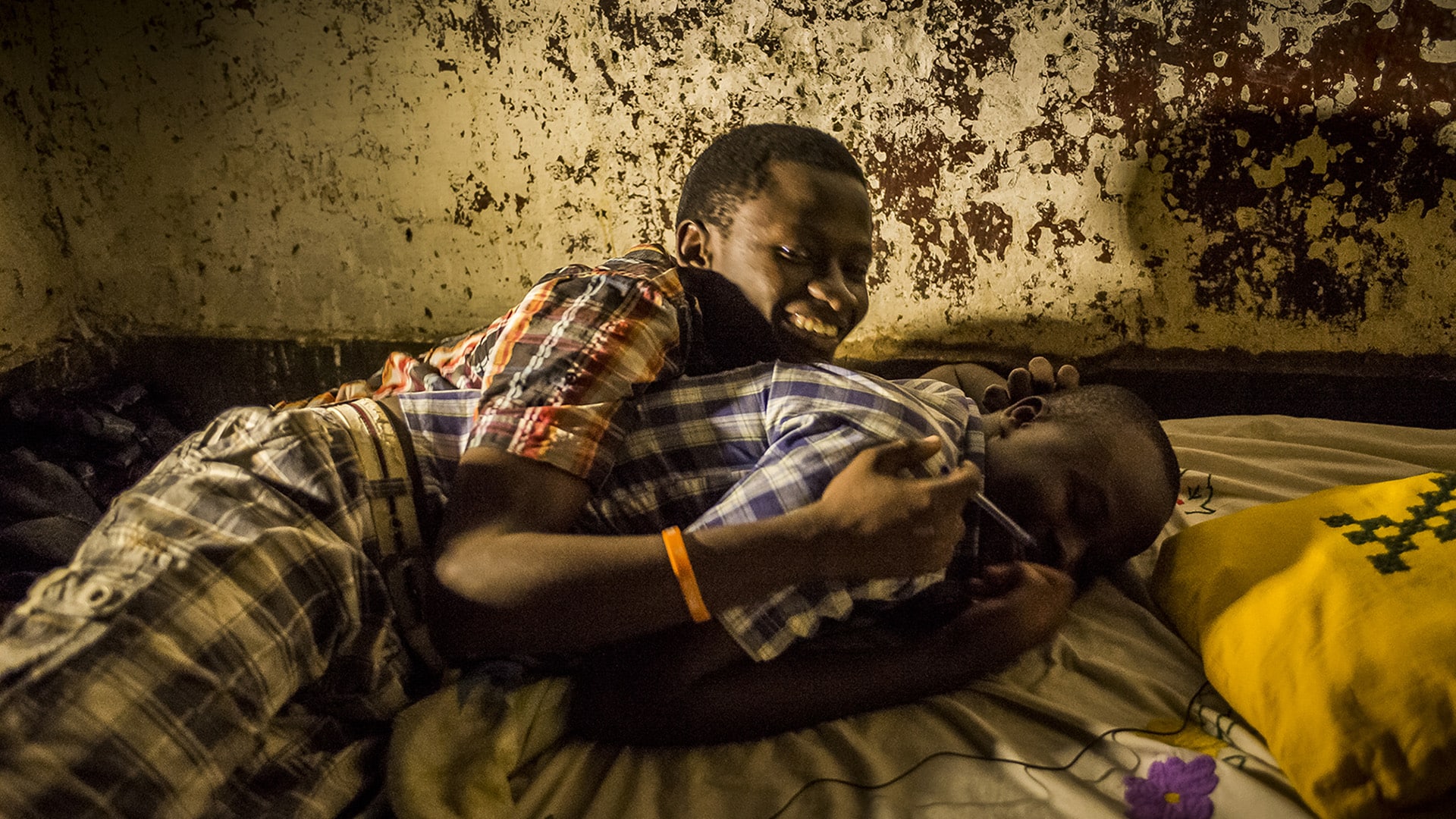Neus publishes a book by Frédéric Noy which concludes a long-term project on the LGBT community — or, as he prefers to call them, LGBT minority — in East Africa. The book comes out at a time when the candidates in Uganda’s January presidential election are turning homosexuality into a political scape goat, blaming it for all of the country’s ills.

You’re getting blind.
Don’t miss the best of visual arts. Subscribe for $9 per month or $108 $90 per year.
Already suscribed ?



